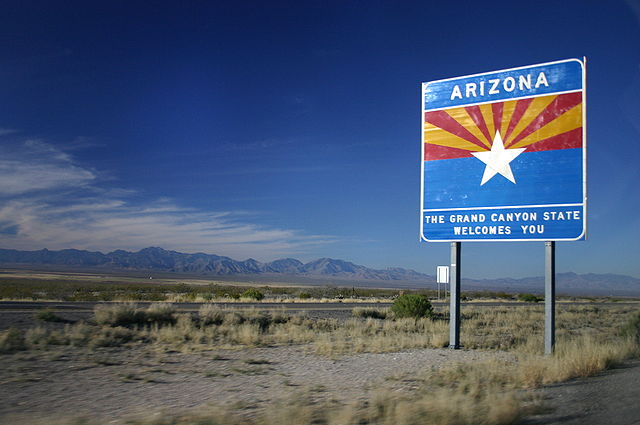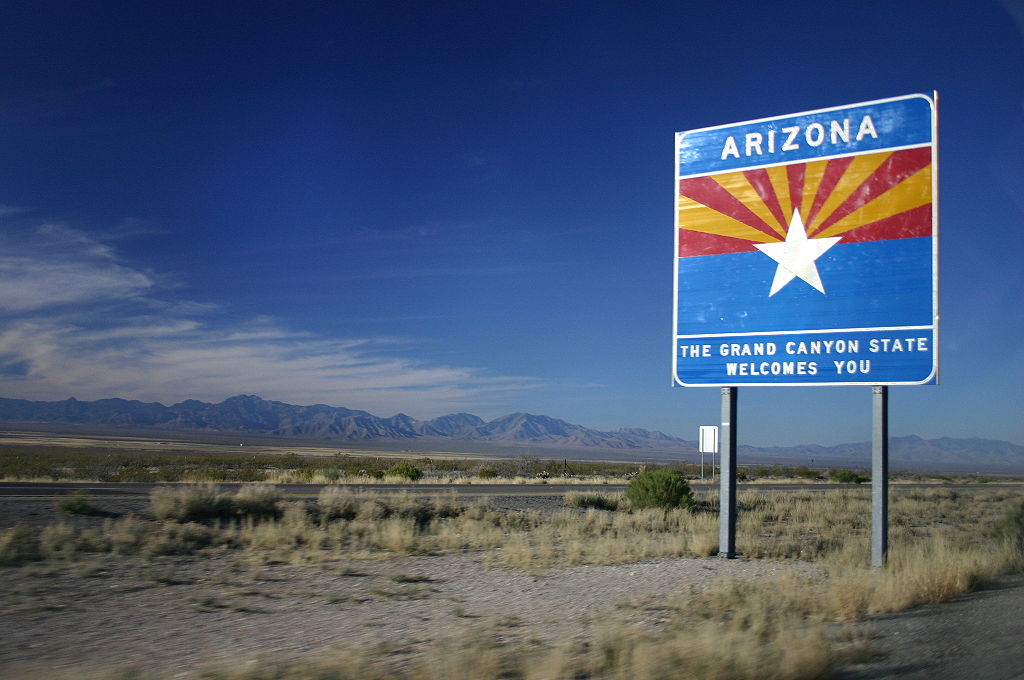
Scranton’s pension funds are around 23 percent funded and less than 5 years away from collapse, according to an audit released last month.
As such, the city had planned to start raising money from a new revenue source: a tax on commuters.
But a judge shot down that idea on Wednesday. From Reuters:
A Pennsylvania judge on Tuesday rejected the cash-strapped city of Scranton’s bid to solve its municipal pension woes with a new commuter tax.
The 0.75 percent tax on commuters’ earned income was supposed to have gone into effect on Wednesday. It would have affected about 23,000 people and raised about $5 million annually, according to city officials.
Senior Judge John Braxton of Philadelphia, who heard the case in Lackawanna County Court of Common Pleas, said the city could not impose a commuter tax unless it levied the same tax on residents.
The lawsuit to stop the tax was brought by a group of aggrieved commuters who would have paid it. The city can appeal the ruling.
[…]
The funded level of its pension fund for firefighters sank to 16.7 percent as of Jan. 1, 2013, from 41.7 percent just four years earlier, the audit found. Scranton’s police pension fund is just 28.8 percent funded, and its municipal employees pension is at 23 percent. Above 80 percent is generally considered healthy.
Scranton’s pension and benefit costs have been growing by an average 15 percent annually since 2012, budget documents said.
In light of the judge’s decision, Scranton is considering other options. Those ideas include, according to the Scranton Times-Tribune:
Wait to see if the state amends Act 47:
Before deciding on a next step, Scranton leaders first want to see the outcome of changes to Act 47 pending in the state Legislature. These amendments would give financially-distressed cities more revenue alternatives, but also require an Act 205 wage tax to be imposed equally on residents and nonresidents.
Try again for Act 205 wage tax:
If the Act 205 equal-treatment provision dies, the city may consider imposing an Act 205 tax again — but this time with a relatively small increase for city residents and a larger increase for nonresidents, as other cities have done, said Mr. McGoff and city Business Administrator David Bulzoni.
Seek bankruptcy protection or a receiver:
Having the city seek Chapter 9 bankruptcy protection is not under consideration, Mr. McGoff said. It’s not clear the state would allow such a move, anyway, because Harrisburg’s attempt a few years ago was blocked and a receiver was installed there instead.
The city will reconsider the commuter tax in 2015, except this time they’ll consider levying it on everyone, including residents.




